Sedum or Crassula? A Gardener’s Guide to Telling Them Apart
If you’re a succulent lover, you’ve probably come across the Sedum and Crassula plant families. At first glance, they may seem like identical twins, with their plump, water-storing leaves and drought-tolerant nature. But look closer, and you’ll find that these succulent cousins have some striking differences that set them apart.
In this battle of the succulents, we’ll unravel the mysteries surrounding Sedum and Crassula, arming you with the knowledge to identify and care for these fascinating plants like a pro. Get ready to be an expert in spotting the subtle distinctions that make each genus unique!
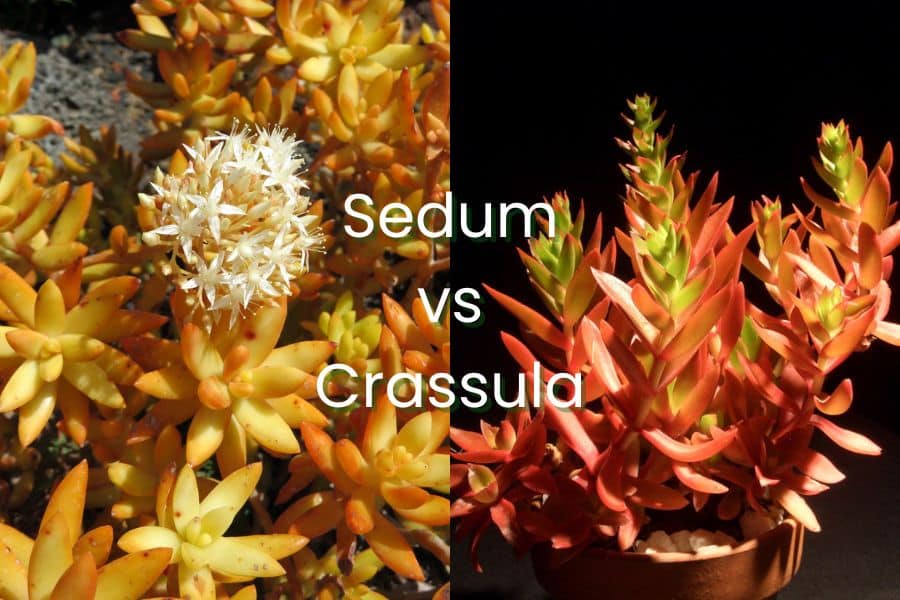
Contents
The Origins
While both Sedum and Crassula belong to the Crassulaceae family, their roots (literally) trace back to different corners of the world. Sedum species are native to parts of North and South Africa, as well as South America, thriving in sandy, poor soils that most plants would turn their noses up at. On the other hand, Crassula plants hail primarily from South Africa but have since naturalized in many other regions thanks to their widespread cultivation.
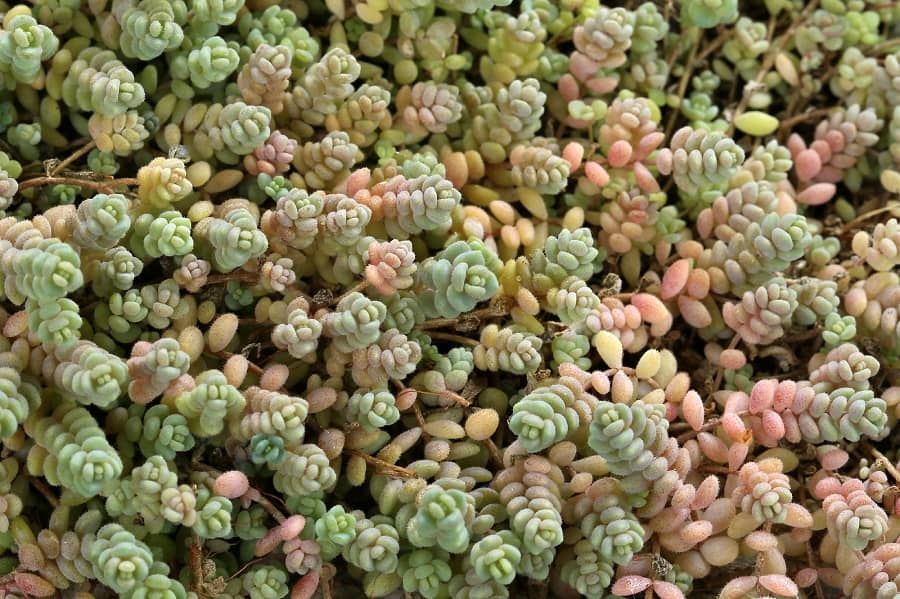
The Looks
Imagine Sedum as the lean, mean succulent with small yet thick, fleshy leaves arranged in rosettes. Their flowers are the stars of the show, boasting five to six petals in a variety of colors that bloom in summer and fall. Crassula, on the other hand, is the more rotund relative, with small, rounded leaves that grow in rosettes, stacks, or clumps, lending each species a unique shape. And while their flowers may be smaller and clustered, they make up for it by blooming in springtime.
The Numbers Game
If variety is the spice of life, then Sedum is the succulent equivalent of a well-stocked spice rack. This genus boasts a whopping 500 species (and counting!), each with its own unique twist. Crassula, while still diverse, comes in at a more modest 200 species.
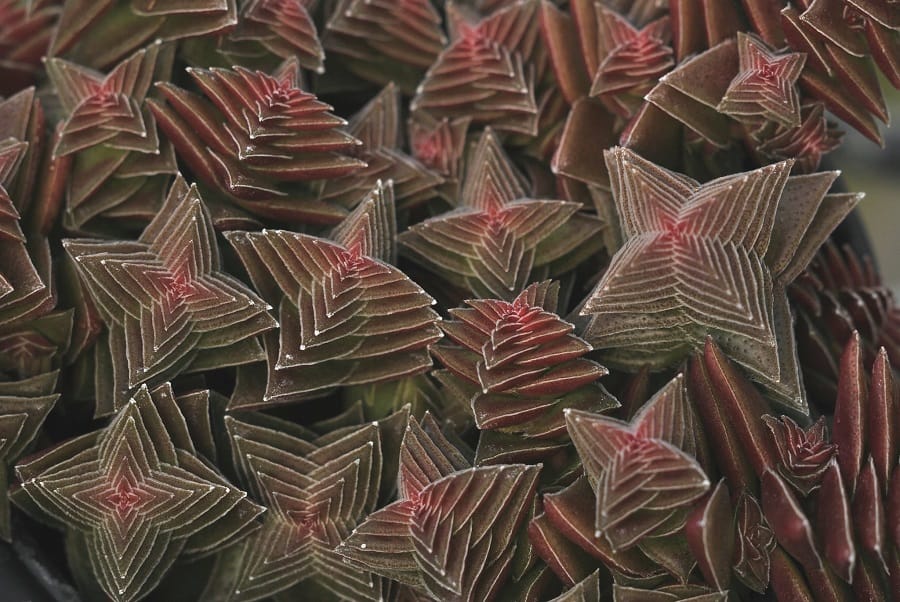
The Longevity Factor
When it comes to lifespan, both Sedum and Crassula are in it for the long haul. Sedum plants are perennial powerhouses, capable of surviving for decades by producing new growth even as older parts die off. Not to be outdone, Crassula species are evergreen with woody stems, allowing them to stick around for a few decades as well.
The Floral Finesse
When it comes to flowers, Sedum and Crassula put on quite the show, albeit in different styles. Sedum blooms steal the spotlight with their star-shaped, five to six-petaled flowers in a rainbow of colors. Meanwhile, Crassula’s smaller flowers form charming little clusters that add a delicate touch to the plant.
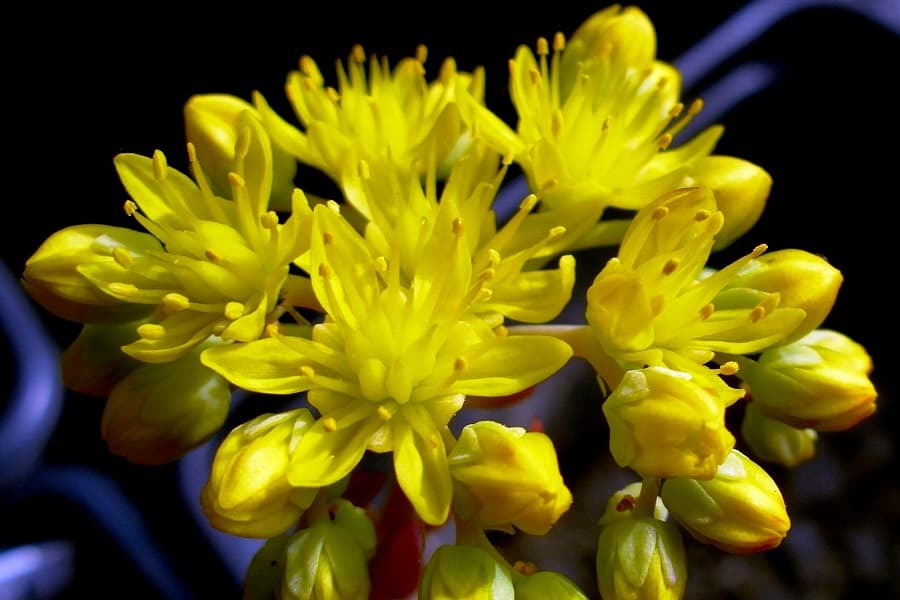
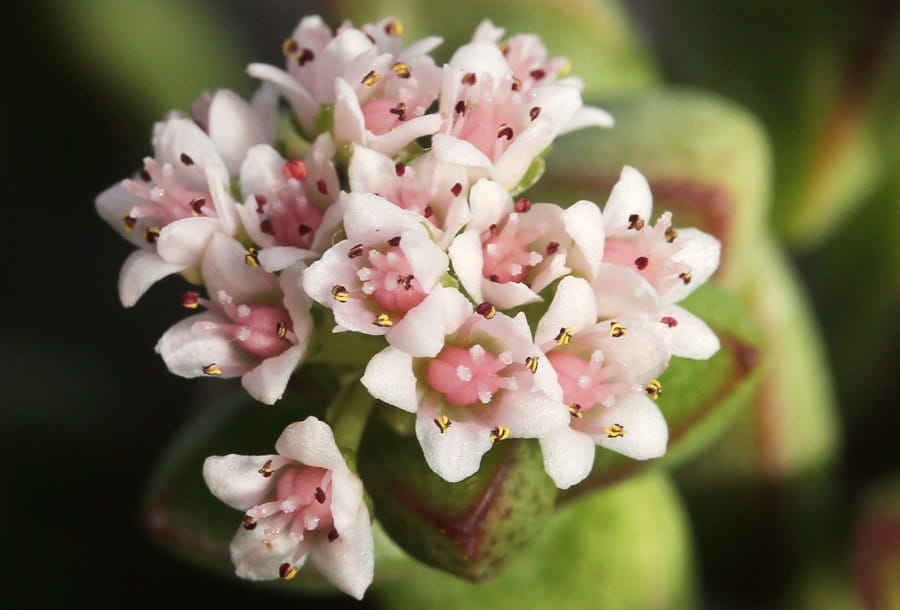
The Family Ties
Despite their differences, Sedum and Crassula share an unbreakable bond as members of the Crassulaceae family. This explains their succulent nature and ability to thrive in dry conditions by storing water in their thick, fleshy leaves and stems. While Sedum leaves tend to be a bit plumper, both genera are masters of water conservation.
Related Posts:
Sedum vs Echeveria
Sedum vs Kalanchoe
Sedum vs Sempervivum
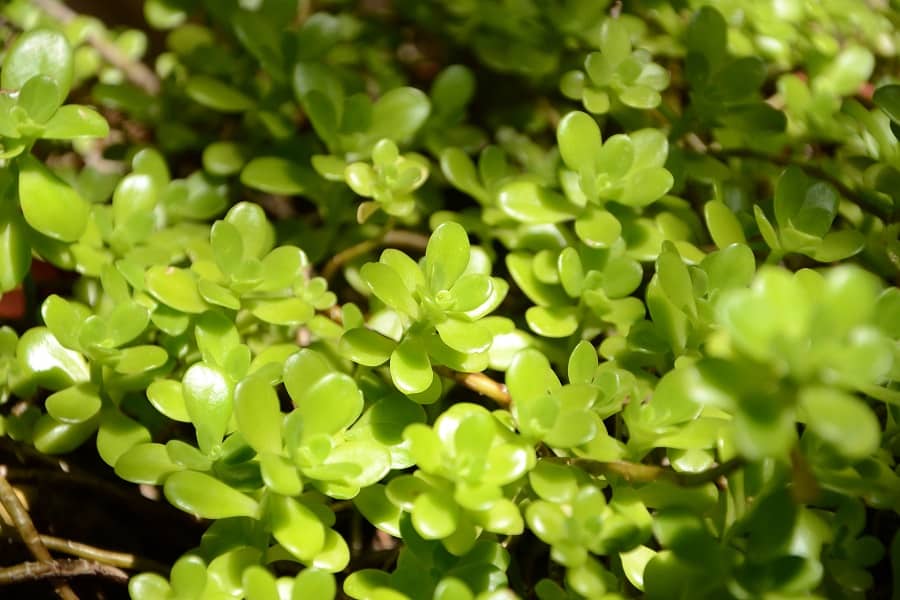
The Care Routine
When it comes to care, these succulent relatives have quite a bit in common. They both appreciate:
- Bright, direct sunlight (4-6 hours) with some afternoon shade
- Well-draining soil with added grit like sand or gravel
- A neutral to slightly acidic soil pH
- Allowing the soil to dry between waterings
- A light feeding with organic or diluted fertilizer during the growing season
